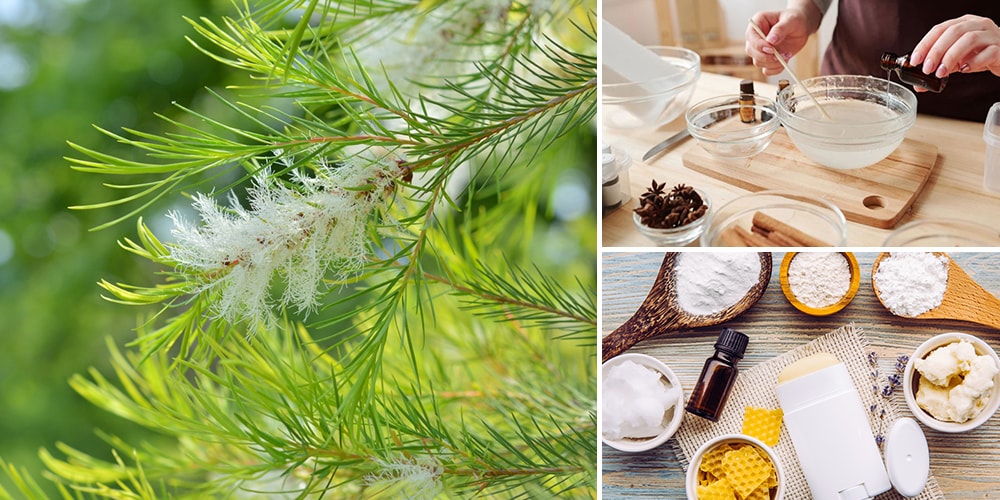
Why You Should Add This Essential Oil To Your Herbal Toolkit
People try various ways of incorporating the power of medicinal plants into their daily lives. They use and prepare them in many different ways and the easiest, and perhaps the most potent and long-lasting form is an essential oil.
Essential oils are the purest and most concentrated form of herbal remedy. They are extracted from the plant parts that contain their volatile compounds and aroma. They are used for various applications.
There is a vast number of beneficial essential oils that bring relief to common illnesses. They target specific health conditions like common cold, fungal infections, insomnia, and stress, among others.
One of the most efficient and versatile essential oils is tea tree essential oil. Not many people stock up on tea tree oil, but knowing its myriad uses might make you think twice.
What Is Tea Tree Essential Oil?
Tea tree (Melaleuca alternifolia) essential oil is a different thing from the tea bush that is used for the common beverage. It comes from the extract of an evergreen tree of the myrtle family. The oil is extracted from the twigs and leaves of the plant through steam distillation.
The tea tree extract is considered a “cure-all” for many skin diseases and infections. But it is so potent that you cannot use it in its concentrated form and must be diluted in carrier oil.
In Traditional Chinese Medicine, tea tree essential oil is valued as an herb for treating skin problems and infections. When applied topically, it exudes a cooling effect for immediate and soothing relief.
Top 10 Uses of Tea Tree Essential Oil
Tea tree has invaluable uses in supporting health when used properly. But please note that it’s not suitable for oral ingestion. Tea tree essential oil is toxic and is not intended to be taken orally.
Herbal Remedy for Skin Problems
Fortunately, tea tree essential oil provides a potent and lasting solution against acne, blemishes, dark spots and other skin problems.
Tea tree contains active compounds like terpene hydrocarbons, monoterpenes and sesquiterpenes. This gives it excellent antibacterial, antifungal and antiviral properties that combat many of these skin problems. Regular application of this oil speeds up skin healing. It gets rid of warts, corn, ringworm, psoriasis, blisters and other issues. Tea tree essential oil is also effective against vaginal yeast infection.
You should not apply tea tree oil directly onto the skin as it may cause irritation. Dilute the tea tree oil by mixing it with carrier oil such as olive or coconut oil. Mix 1-2 drops of tea tree oil in 12 drops of your chosen carrier oil.
Hand Sanitizer
If you run out of hand sanitizer, you can easily reach for tea tree essential oil. Many studies conducted on tea tree prove its effectiveness in killing common bacteria and viruses. It disinfects the hand to prevent contagion, especially during the flu season.
You can also make your own natural tea tree hand sanitizer using this recipe that can last for several months:
Ingredients:
- 30 drops of tea tree essential oil
- 5 drops of aromatic essential oil of choice (lavender, peppermint, sandalwood, etc.)
- 3 oz. 180-proof or 90% ethyl alcohol
- 1 oz. aloe vera gel
- ¼ tsp. vitamin E oil
Steps:
- Mix the essential oils and vitamin E in a container.
- Add in alcohol and swirl to mix.
- Add the aloe gel to the mixture.
- Transfer the hand sanitizer to a squirt bottle and shake well before using it.
Natural Insect Repellent
Essential oils like tea tree are a minimum-risk pesticide that effectively repels pesky bugs such as mosquitoes, fleas and bed bugs. As you probably know, commercial insect repellents contain harsh chemicals like DEET or permethrin that pose potential health risks. But you can keep your family protected from annoying bugs using natural alternatives.
You can make your own tea tree insect repellent by mixing 8 drops of tea tree oil in 2/3 cups water. If you don’t like the strong camphor scent of tea tree oil, just add other natural-smelling oils like geranium. You can use this as an insect repellent or for relieving the itchiness of insect bites.
Antiseptic
Always keep tea tree essential oil handy in case of minor cuts and wounds. Tea tree oil not only expedites skin recovery, but also prevents the wound from getting infected. Applying tea tree in open wounds stops germs from entering into the bloodstream.
For minor open wounds, simply mix a drop of tea tree in 1 tsp. of coconut oil. Apply this to the affected area after cleaning and cover it with a bandage. Repeat the process twice daily until scabs begin to form.
Mouthwash
The strong antiseptic property of tea tree essential oil is effective in promoting mouth and gum health. It helps inhibit the buildup of bacteria and cure problems like gingivitis, bad breath and inflamed gums. It fights tooth decay and plaque-causing bacteria as effectively as commercial mouthwash.
To make a natural and chemical-free mouthwash, add a drop of tea tree to a cup of warm water. Mix and use it to swish around your mouth for about 30 seconds. Again, tea tree is toxic when ingested so take caution when using it as mouthwash.
Hair and Scalp Problems
From dandruff, hair fall, head lice and other scalp problems, tea tree essential oil provides an effective solution. When applied on the scalp, it helps moisturize it and unclog the blocked hair follicles. Tea tree is slightly acidic and combined with its antifungal property, works well against dandruff scales. It is also an effective alternative to permethrin against head lice.
For various hair and scalp problems, simply mix a drop of tea tree essential oil with your regular shampoo when washing your hair.
Earaches
A sore ear can be caused by a cold, allergy, sinus infection or bacterial infection. It is challenging and often clears only after a week or two. To reduce pain, you can use a salt compress or apply tea tree oil to it.
Tea tree has a cooling effect and powerful therapeutic properties for soothing pain and inhibiting bacterial growth. If you are experiencing a sore ear, just add a couple of drops of tea tree essential oil to a tablespoon of olive oil. Warm them slightly (but not too warm to burn the inner ear) and apply them to the affected area using a dropper. Lay on your side to let the oil soak for about three minutes and turn aside to drain it out. Do this daily up until the pain fades away.
Respiratory Issues
Cough, cold and chest congestion can disrupt sleep and your daily routine. Sometimes, respiratory troubles can also escalate into serious conditions.
To treat respiratory problems, dilute tea tree essential oil in any carrier oil of choice. The ratio is 1 to 2 drops for every 12 drops of carrier oil. Add more of the carrier oil when intending to use it on children. Mix them well and use as a massage oil, particularly on the chest before bedtime to alleviate respiratory issues.
Alternatively, boil a pot of water, remove it from the heat and add a couple of drops of tea tree oil. Inhale the vapor to clear away nasal congestion and any discomfort. Or, you may use a humidifier or oil diffuser for an easier alternative.
Treating Eye Problems
Ophthalmologists agree on the benefits of tea tree oil in enhancing eye health and related problems. It is a safe and effective herbal remedy for cleansing, preventing bacterial infection and keeping the eyes hydrated. It is also effective against pink eye or conjunctivitis, dry eyes, itchy eyes and inflammations.
Tea tree oil is used in some products like eye wipes. You may also prepare your sore eyes remedy by dipping a chamomile tea bag in a cup of hot water. Add three drops of tea tree oil into the water and let cool. Place the tea bag over the eyelids to clear away redness, swelling and irritations.
Natural Deodorant
Underarm odor is caused by bacteria thriving on the moist armpit, due to perspiration. To control its growth and prevent nasty odors, it needs a powerful antibacterial ingredient. Tea tree oil contains the right compounds that hinder bacterial growth, making it a natural substitute for commercial deodorant.
Ingredients:
- 3 tbsp. coconut oil
- 3 tbsp. shea butter
- ¼ cup cornstarch
- ¼ cup baking soda
- 1 tbsp. beeswax
- 20 to 30 drops of tea tree essential oil
Steps:
- Melt coconut oil, shea butter and beeswax in a glass container using a double boiler.
- Remove from the heat and add all the other ingredients.
- Mix well and transfer to a mold or old deodorant stick container to cool.
Safety Guidelines for Using Tea Tree Oil
Tea tree is safe for topical application when used with carrier oil. However, some side effects may occur. To reduce the risks, pay attention to these guidelines:
- Never consume tea tree oil orally.
- Keep tea tree oil away from children and pets.
- Never use undiluted tea tree oil.
- Increase the amount of carrier oil when using tea tree oil if you have sensitive skin.
- Do a patch test on the skin prior to application.
- Avoid use when pregnant or breastfeeding.
- Do not prolong exposure when using it in steam inhalation.
Takeaway
Essential oils are not only popular among people, but they are also backed by scientific studies. Tea tree oil is one of the best essential oils you can add to your herbal kit. It is a versatile oil for many external problems and serves many other purposes.

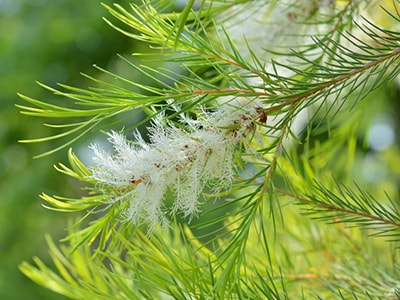
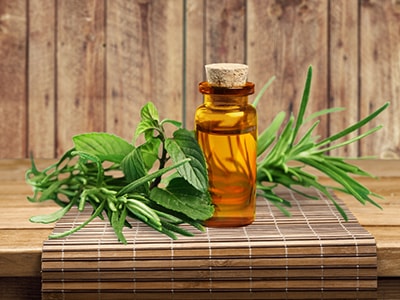
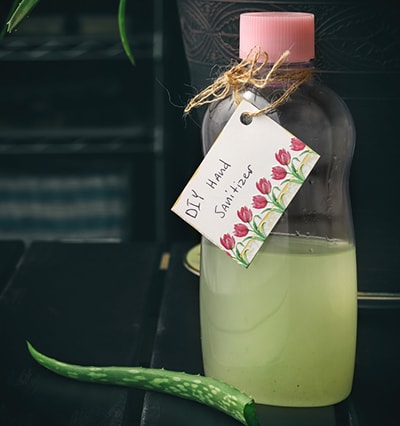
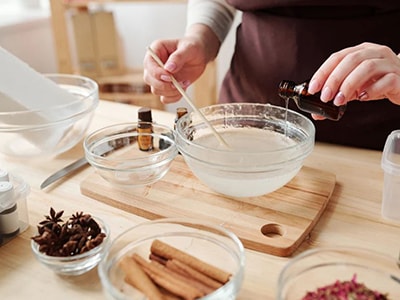
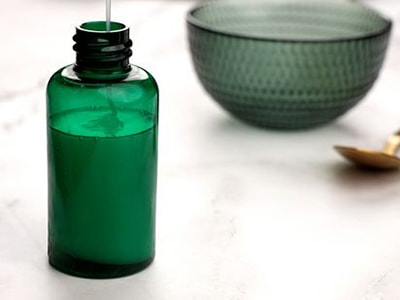
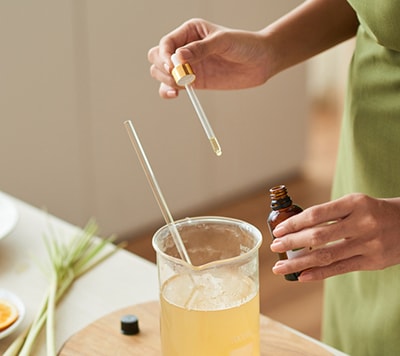
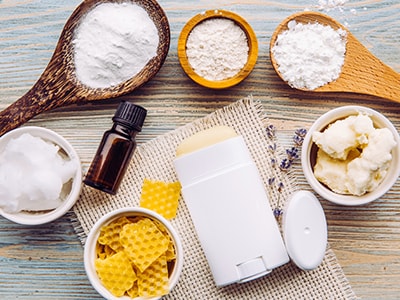

Very interesting and I’m going to try tea tree oil.. thank you
Tea Tree/Melaleuca oil is my go to oil for so many things. I do use it neat without any issues on bug bites, tick bites, scratches, etc. Goes on every outing and trip I take. I put a drop on my toothbrush before brushing. A drop on a q-tip if I feel a sore throat coming on, swab my tonsils and usually no more sore throat.
I love all your articles and books! Thank you for all the information!